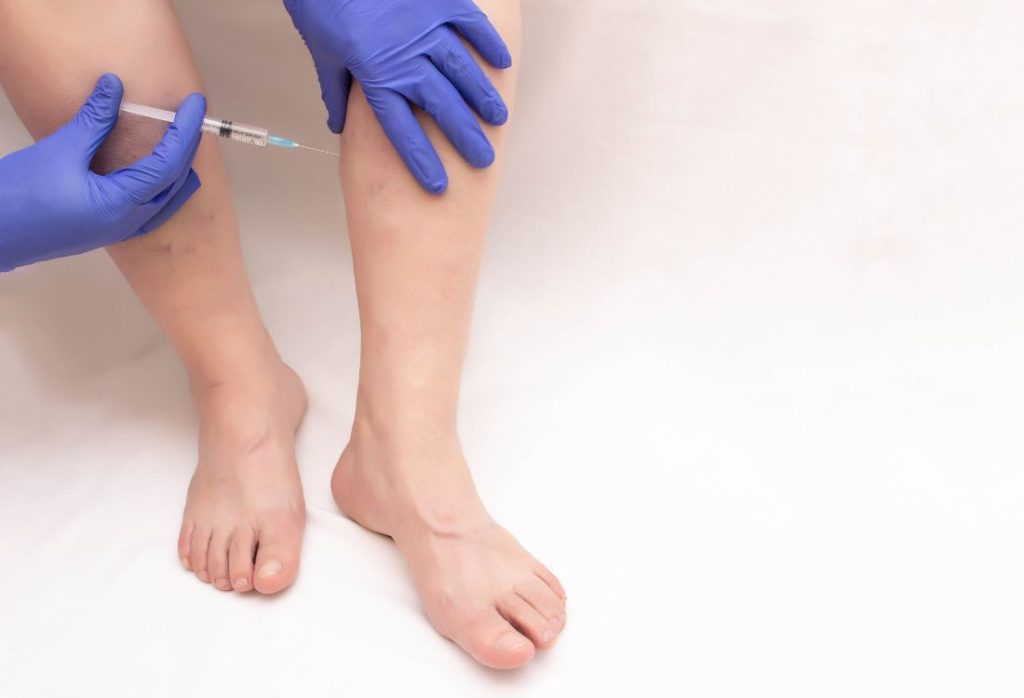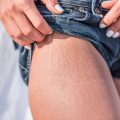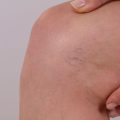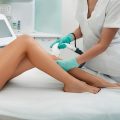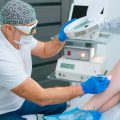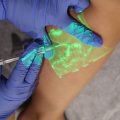Search a topic
Last updated on September 16, 2024
Spider veins are a common condition – as is misinformation about them. So, to help you better understand your veins and make informed decisions about treatment, we’re debunking 6 spider vein myths.
Only women get spider veins
Anyone with veins and capillaries can get spider veins. While factors like childbirth and progesterone fluctuations make them more common among women, men can also develop the condition. Genetics, a sedentary lifestyle, a poor diet, and even weightlifting can contribute to their development.
Spider veins are just cosmetic
On their own, spider veins are most often a cosmetic issue. It’s rare for them to cause discomfort and even rarer for them to pose a health risk. However, everything in the cardiovascular system is connected. Hence, spider veins can stem from an underlying issue like chronic venous insufficiency or varicose veins, which are medical conditions and may lead to complications like venous ulcers and varicose eczema.
Spider veins and varicose veins are the same thing
Spider veins are tiny, blown-up venules and capillaries located very close to the skin’s surface. Varicose veins are larger and sit deeper, connecting these venules to the trunk veins. Due to the sizes of the veins affected, there are distinct differences in their appearance and symptoms.
Spider veins are thin and thread or weblike, and appear red, purple, or dark blue. They sit flat on the legs, not protruding or bulging above the skin.
Varicose veins are large, bulging, and rope-like. Due to their size and function, they also often cause symptoms like swelling, pain, and itching as they start negatively affecting circulation in the area.
You can treat spider veins at home
Certain home remedies like essential oils, diosmin, exercise, and creams may help temporarily reduce the appearance of spider veins. However, they will not fix the underlying issue of faulty valves or dilation. The only way to address them is through specialist treatments like laser or sclerotherapy.
Spider veins disappear on their own
Unfortunately, in most cases, spider veins will not resolve without intervention – but they may disappear without treatment if you got the veins during pregnancy. When you’re pregnant, progesterone levels rise and your blood volume increases – doubling by the third trimester. These changes, while essential to supplying nutrients and oxygen to your growing baby, also put the veins at risk. However, once these levels return to normal, your veins can return to normal, too.
Spider veins always come back after treatment
A treated spider vein is a sealed spider vein. Whether we treat it through sclerotherapy, CLaCS, or Nd:YAG laser, the vein walls collapse, preventing blood from flowing through them. Your body will then start absorbing the veins.
As long as the vein was treated by a trained professional and with the right equipment, there is very, very little risk of it reopening. However, treatment will not stop new spider veins from forming. That’s why it’s essential to take preventative steps like staying active, eating healthy, and wearing compression socks during long hours of standing or sitting.
Spider vein myths: the takeaway
Spider veins can appear anywhere and on anyone that has veins. They are different from varicose veins and are often just a cosmetic concern, but there is a chance they point to an underlying vein condition. Unfortunately, you can’t treat them at home and they often won’t disappear without intervention. Fortunately, though, there are plenty of non to minimally-invasive treatments available.

